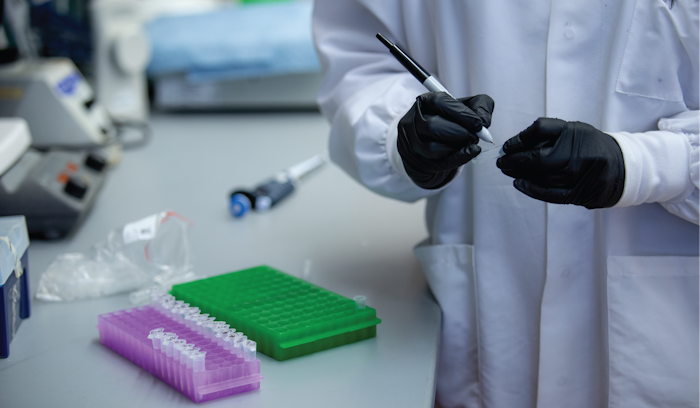Multi-scale Model of Children with Brain Tumors

About this
Project
Histopathological methods involve clinical investigation of the tissues of a tumor to diagnose patients and understand the possible effects of treatments. This is done largely through the use of imagery analysis. However, genetic and molecular evaluation has shown that tumors with the same histopathological features can behave differently, requiring different modes of treatment. This means that standard histopathological evaluation is no longer considered the end-point for decision making about patient care. Some recent studies have found that imaging signatures can predict genetic features and how tumors may respond to different treatments. Other results have found correlation between features found in radiological images and overall survival and progression-free survival of brain cancer patients. Through access to the Pediatric Brain Tumor Atlas, researchers will have access to a rich database of relevant genetic data across pediatric cancer types. Researchers will use this data to develop and test a multi-scale model to better understand pediatric brain tumors and to bolster and advance current histopathological methods. These models will guide researchers on which data types are most predictive for diagnosis and treatment which will streamline the decision making of medical professionals.
Ask The
Scientists
What are the goals of this project?
The main goal for this project is to compare histopathological, clinical, and genetic data of brain cancers in an effort to develop models that will guide more personalized treatment.
What is the impact of this project?
It has been shown that some tumors that appear the same histopathologically may have genetic differences that require different modes of treatment. This study seeks to explore those situations in an effort to develop more effective treatment protocols.
Why is the CBTN request important to this project?
The data provided by the Pediatric Brain Tumor Atlas will provide the critical information the researchers require to develop more effective treatment protocols.
Specimen Data
The Children's Brain Tumor Network contributed to this project by providing access to the Pediatric Brain Tumor Atlas.
related

